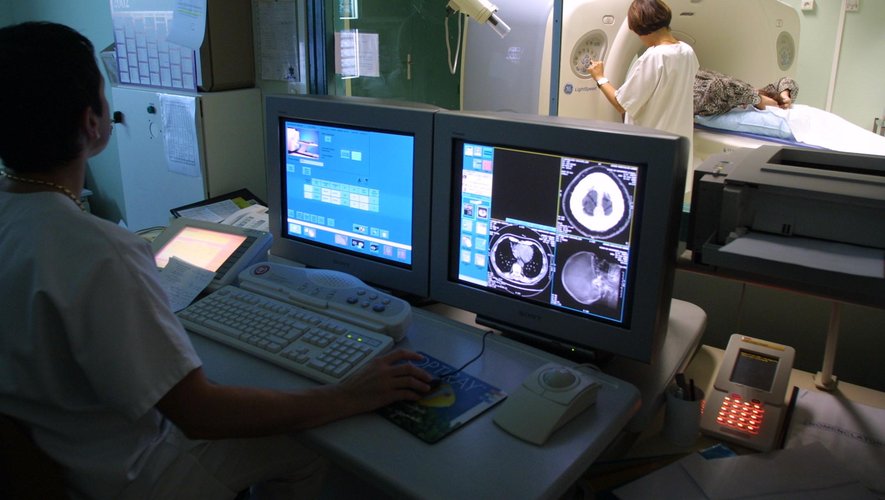On the occasion of the 6th edition of Mai en Bleu, raising awareness on multiple sclerosis, the Lot-et-Garonnaise Patricia C., suffering from the disease for ten years, shares her story.
It is a disease with which she has “cohabited” for eleven years. Originally from Seine-Maritime (Normandy) but living in Agen for 40 years, Patricia. C, 63, knows that she has had multiple sclerosis for more than ten years. The sexagenarian had “warning signs when I was 24 years old by having diplopia which is characterized by so-called “normal” but double vision”. Patricia sees several doctors “but at the time, they weren’t too aware of neurological diseases” and her condition ended up “resolving on its own”. For fifteen years, the sexagenarian develops “other symptoms that came and went: numb legs as well as the sides”. Deciding not to tell the doctors about it, she begins to “have a lot of fatigue”.
new symptoms
Aged about forty years in the early 2000s, Patricia suffers from sorts of “burns on the sides that did not show up all the time and I had difficulty walking”. Talking to her doctor who does not see what she has, she is finally directed in 2002 by a rheumatologist, after having met several specialists, who directs her to a neurologist in Agen. A week after having undergone a battery of examinations, he was finally diagnosed with “myelitis which is an inflammation of the spinal cord. For ten years, I did not know what I had. I wanted to give up everything because it was long and painful”.
The announcement of the disease experienced “as a relief”
It was finally in 2012 that another neurologist diagnosed him with multiple sclerosis. For Patricia aged 52, this announcement “was a relief because I could finally put a name to what I had. It was not a shock because I suspected it”. The latter had carried out her own research during all these years. She has been undergoing various treatments since 2012 “to avoid flare-ups”, characterized by the appearance of new spots “in the brain and spinal cord, generating inflammation of the nerves and creating problems with walking or writing”.
Currently, the sexagenarian has new symptoms including “the right hand often numb” as a result of inflammation of the nerves. Considering waking up “as a marker that lets me know if I’m going to have a good day or not”, Patricia suffers from generalized fatigue, migraines, back pain and loss of balance. For this former fan of hikes and bike rides, the gradual onset of multiple sclerosis forced her “to readjust my activities” even if she continues to drive “over short distances”. Supported by her family and loved ones, she considers herself “privileged compared to other people who are much more affected and younger because the disease progressed slowly and was not too hard on me”.
Today, the young retiree, who sees her neurologist every six months for a cerebral and medullary (spinal cord) MRI, sees the future “positively, while remaining flexible and vigilant in the face of a sneaky disease that can attack you at any time”. Practicing one hour of weekly rowing at Aviron Santé which does her “good”, she can also count on the arrival of her granddaughter for three years who “boosts me enormously because it boosts my morale and forces me to exceed”. Patricia. C therefore continues her “cohabitation” with this disease which she tries “to tame daily”.
National situation
Multiple sclerosis is an autoimmune disease of the central nervous system (the brain and spinal cord). Concretely, the defense system (immune system), usually involved in the fight against viruses and bacteria, gets carried away and attacks the myelin, the protective sheath of nerve fibers which plays an important role in the propagation of nerve impulses in the brain. to different parts of the body. A neurological and progressive disease, multiple sclerosis would affect, according to figures from the Ministry of Health, 120,000 people in France. Qualified as a young adult disease, most often diagnosed between the ages of 25 and 35, it affects women in 75% of cases. The symptoms are varied and often invisible: extreme fatigue, concentration and memory problems, walking disorders… Currently, no treatment cures multiple sclerosis but some exist to improve the daily lives of patients. The disease most often appears between the ages of 20 and 40. It can begin with very varied signs depending on the location of the demyelination plaques.

